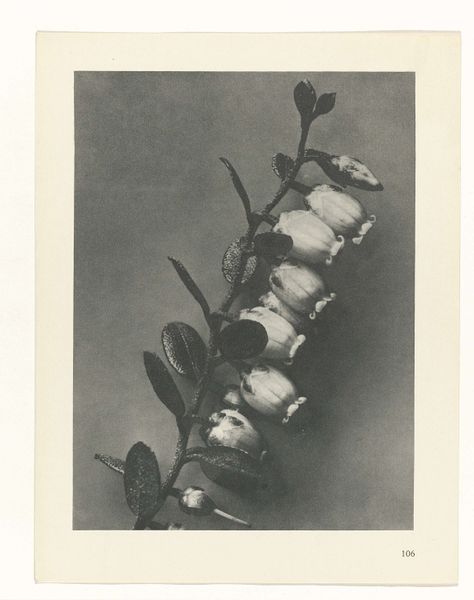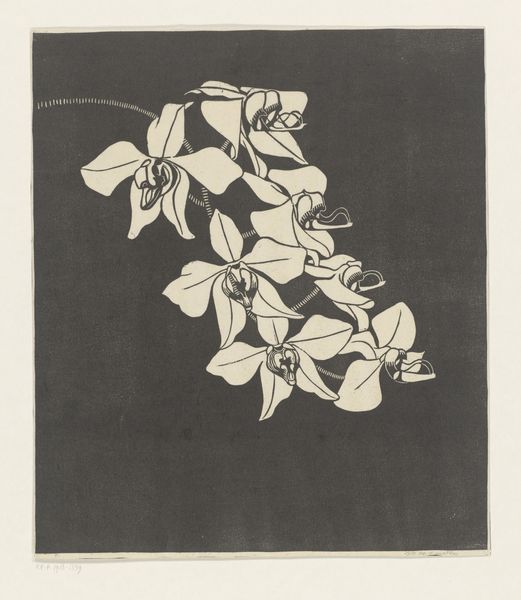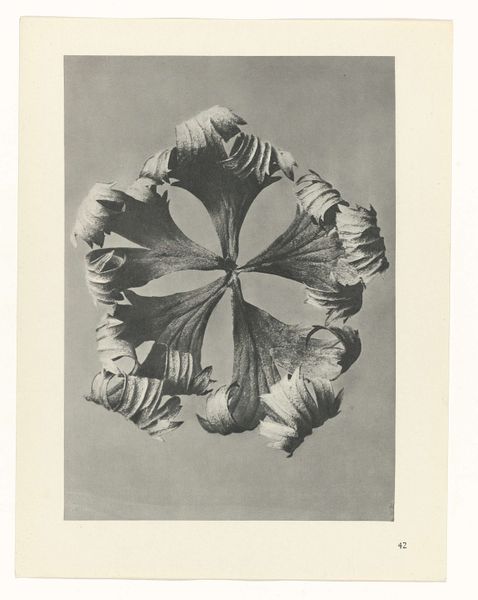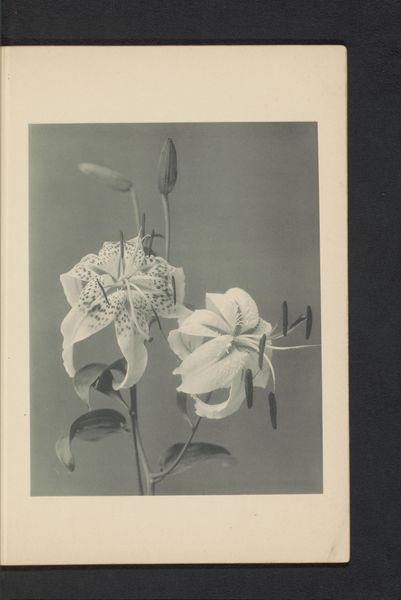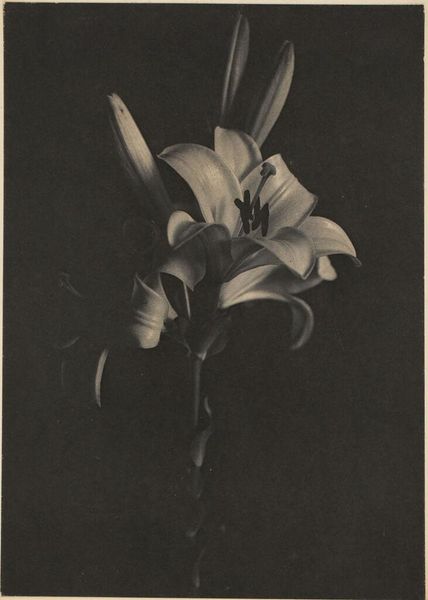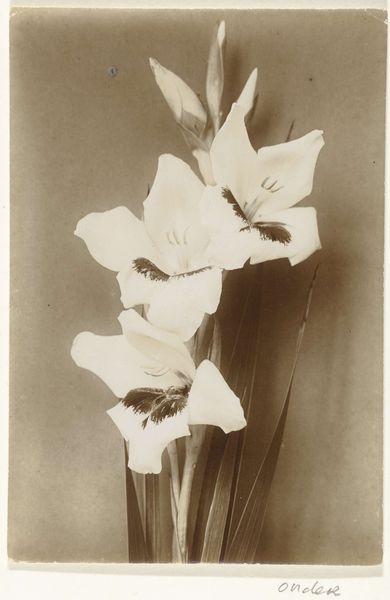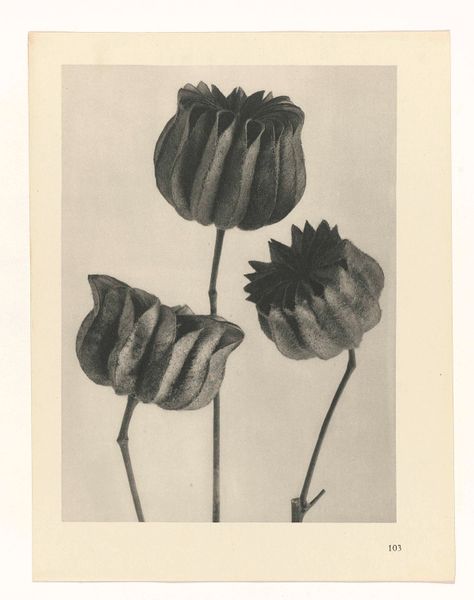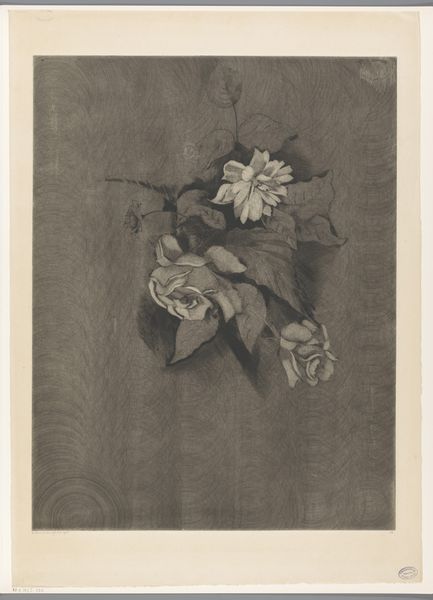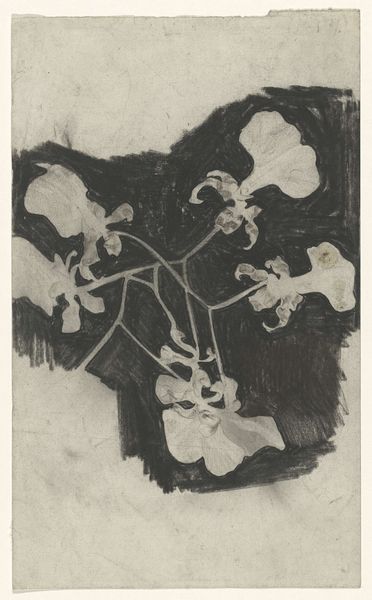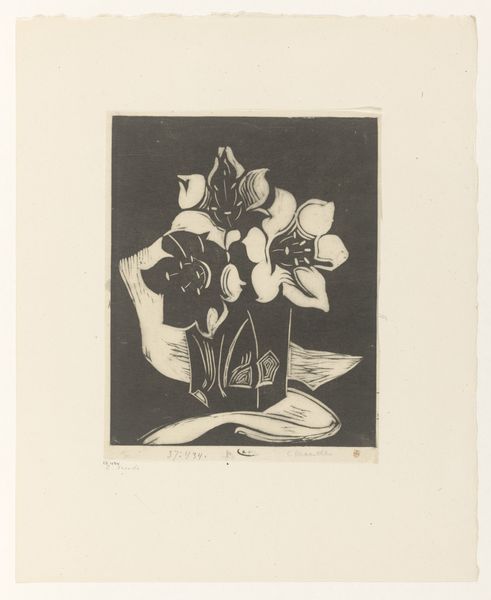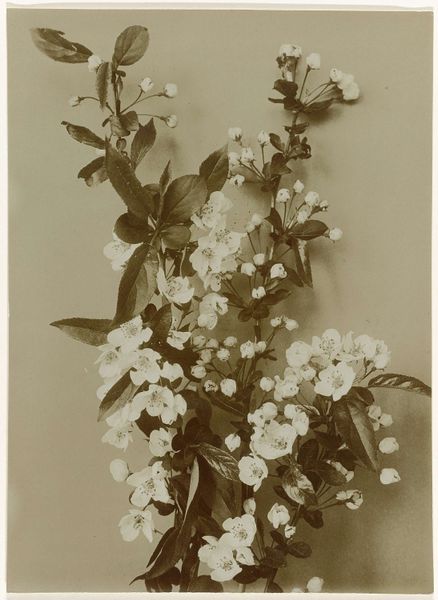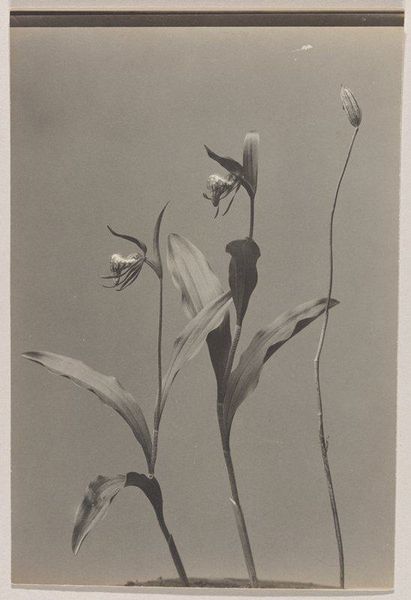
print, photography, gelatin-silver-print
#
print photography
#
still-life-photography
#
organic
# print
#
form
#
photography
#
geometric
#
gelatin-silver-print
#
ashcan-school
#
line
#
modernism
Dimensions: height 312 mm, width 242 mm
Copyright: Rijks Museum: Open Domain
Editor: Here we have Karl Blossfeldt's "Plant Study," a gelatin-silver print from 1928. I’m struck by how modern it feels. What do you see in this piece, particularly in the context of its time? Curator: It’s tempting to see it as a purely formal exercise, but let's consider the 1920s. This was a period of intense social and political upheaval. Blossfeldt's work, with its almost scientific approach to photographing plants, can be interpreted as a response to the perceived chaos, a search for order and structure in the natural world. The Ashcan School elements and the linear forms relate to an industrialized culture as well. Don't you think? Editor: That’s interesting. So, instead of just documenting nature, he's almost using it to make a statement about society? Curator: Precisely. He’s using photography, traditionally seen as objective, to subtly critique or perhaps offer an alternative to the increasingly mechanized world. His sharp focus and close-up perspective transform these plants into almost architectural structures. Is he pointing toward power, social classes, or economic conditions by depicting these? Editor: I never thought of it that way. I was so focused on the image itself. I guess I assumed still-life-photography can only be interpreted formally. Curator: Art doesn't exist in a vacuum. Blossfeldt’s “Plant Study” encourages us to question how we categorize nature, culture, and even what we perceive as inherently beautiful. Are such concepts socially constructed in our society? Editor: I definitely have a new appreciation for the artwork by recognizing that history can open new avenues of interpretation. Curator: Precisely. By examining context and how different cultural perceptions and personal subjectives have contributed to that, one is open to learning much more.
Comments
No comments
Be the first to comment and join the conversation on the ultimate creative platform.
